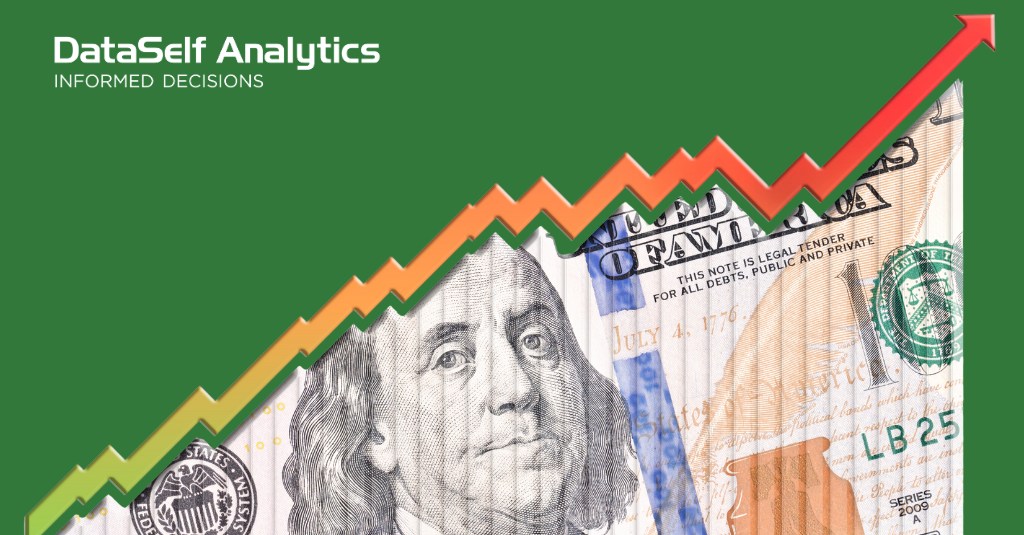During the past several weeks, the COVID-19 pandemic has delivered blow after blow to the global supply chain across manufacturing, distribution and transportation. While the full economic impact continues to unfold, there has never been a more critical time for business leaders to lean on their data and execute a business intelligence (BI) strategy. Companies have been forced to constantly recalibrate and adjust to changing conditions, so they need clear visibility into their suppliers to make it easier to review inventory levels and develop strategies to meet customer demand. Executives that have on-demand access to data will be able to react quicker, assessing impact and responding on a daily basis.
Business intelligence for Acumatica by Phocas can help businesses with their BI strategy to map suppliers, effectively track inventory levels and make plans to keep customers happy.
Visibility into Suppliers
Many companies are being forced to review their suppliers and make adjustments as demand for goods exceeds certain supplier capacity or if they are forced to look for another supplier because COVID-19 has forced one supply line to close. The BI mapping tools in Phocas can help to determine your level of exposure to certain suppliers or regions that have been heavily impacted by the coronavirus.
Phocas enables users to review all of their supplier data by purchase date, size of order, customer type, product line, time to ship and contractual terms (what does your insurance cover etc.). This information increases your visibility into products or parts stored in local warehouses or regional distribution centers that you can fulfill. Your data can also provide you a clear picture of your best suppliers, so should you need to lean on them to get access to additional products in these challenging times, your loyalty will help to open doors, or at least, keep them open.
Track Inventory Levels
Inventory can sometimes be overlooked because it is seen as a specialized function. In reality, inventory involves the entire company. During normal business, inventory planners and warehouse staff may have inventory management well in hand, but COVID-19 is causing major disruptions, and right now, there is no such thing as business-as-usual. Everyone is impacted by the flow, or lack thereof, of inventory so access to data is important across the business.
Account managers and sales teams are struggling to stop revenue erosion caused by the coronavirus outbreak. As a result, their focus should move to balancing supply and demand, as well as building buffer stock. The status of backorders and forward ordering are key factors in determining what customers you can continue to supply.
A BI solution can help you determine:
- Purchase orders and purchase receipts – to identify what’s arrived in the warehouse
- Brought-forward value – what stock is still available from the last period
- Identification of shortages – based on regular conditions and then for ‘virus’ disruption
- Inter-company movement stock analysis – what departments get priority
- Sales orders, invoices, backorders and forward orders in any combination, sliced & diced to your requirements.
This information will allow your team to devise a company-wide strategy for the new trading conditions, with a focus on how to best service existing customers with limited inventory.
Manage Customers
One of the fundamental benefits of a BI strategy is truly understanding your customers. While you’ll want to help all of your customers during this disruption, it might be in your best interest to ensure the highly profitable customers get priority.
Team Medical Supplies, Australia’s number one online hospital and healthcare equipment supplies company, uses business intelligence from Phocas to manage customers and demand during COVID-19.
Currently, they are dealing with 400% demand at 110% supply – the math doesn’t add up. “We are leveraging sales data in Phocas and looking at customer buying history to assess what each customer normally buys from us and in what quantities. Our approach is to stay aligned with their typical purchasing trends and buying patterns. Data in Phocas is very helpful for managing this day by day.” said Tom Vriens, Manager at Team Medical Supplies.
You can use your data in Phocas to compare profitability and sales value to help you better understand your customer base, their purchasing behavior and the factors that influence your costs to support them. Now is the time to work on new strategies to change unprofitable behavior, while re-forecasting your revenue based on ‘new’ demand patterns and what you can fulfill based on what suppliers are telling you and the availability of alternative supply.
Companies that use BI to develop risk and mitigation strategies will be better positioned to navigate the prolonged disruption to their supply chain and business.
For more information about data analytics for Acumatica from Phocas and how it can help your business cope with disruptions like COVID-19, download our free eBook.
By Phocas Software, Acumatica certified partner, www.phocassoftware.com






































